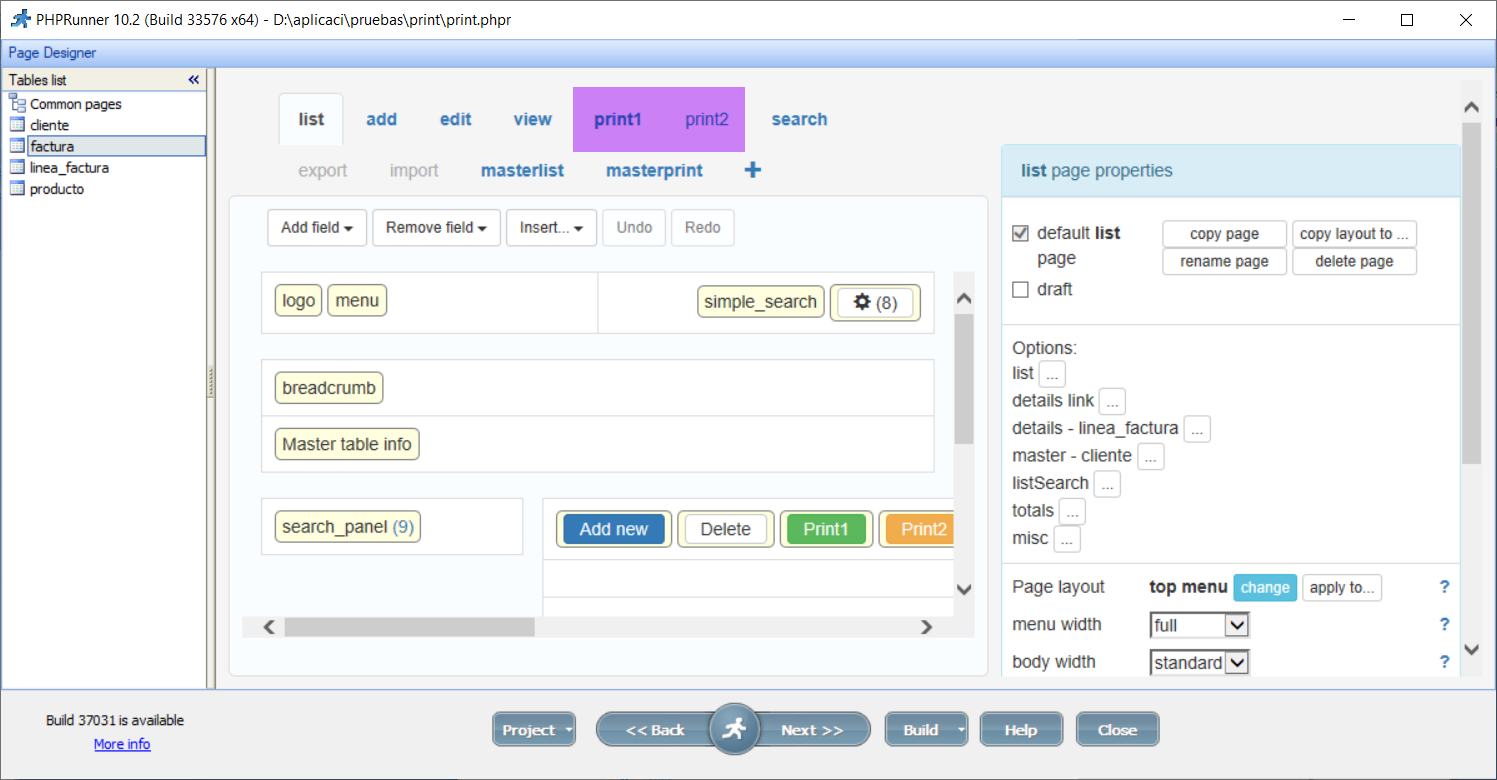
- PHP RUNNER IN WORDPRESS HOW TO
- PHP RUNNER IN WORDPRESS DRIVER
- PHP RUNNER IN WORDPRESS CODE
- PHP RUNNER IN WORDPRESS FREE
PHP RUNNER IN WORDPRESS CODE
If you’re using the Gutenberg block editor, use the shortcode or code block to display it. The recommended way to add PHP functions is to modify the child theme or create.

Add your desired PHP function and its tracking name to the appointed boxes. In the PHP Code Snippets page, click Add New PHP Code Snippet.While themes and plugins may choose to follow a different coding style, these coding standards are not just about code style, but also encompass established. They are mandatory for WordPress Core and we encourage you to use them for your themes and plugins as well. From your WordPress dashboard, navigate to XYZ PHP Code -> PHPCode Snippets. These PHP coding standards are intended for the WordPress community as a whole.
PHP RUNNER IN WORDPRESS HOW TO
Check this tutorial for thorough instructions on how to install a WordPress plugin and activate it properly. How to Add PHP Code to WordPress Post or Page Using a Pluginīefore diving into the tutorial, make sure you have installed and activate the Insert PHP Code Snippet plugin. The following tutorial will guide you through the process of using the Insert PHP Code Snippet plugin to add PHP code directly to a WordPress post or page. Introduced in WordPress 5.1, you can use Site Health Check to scan for common security and performance issues that may be impacting your site. In these cases, you can override the rule using WordPress code widget plugins.
PHP RUNNER IN WORDPRESS FREE
The recommended way to add PHP functions is to modify the child theme or create custom page templates.ĭespite so, there are occasions where you might want to add specific PHP functions to an individual post or page. WordPress (WP or ) is a free and open-source content management system (CMS) written in PHP and paired with a MySQL or MariaDB database with. Here, we will uncover how to add PHP to a WordPress page or post so you can improve their functionality.ĭownload Ultimate WordPress Cheat Sheet Reasons to Add PHP Code to WordPress Post or Pageīy default, WordPress doesn’t allow you to run PHP code in posts or pages. If you haven’t already, complete the steps in the WordPress Gutenberg plugin guide, so that you have an editable RichText area.Īdd the following PHP into your plugin (in this example wholesome-plugin.Looking to know how to run PHP code on a WordPress post or page? You’ve come to the right place. Extremely early versions of PHP are like driving around a 1971 Pinto.
PHP RUNNER IN WORDPRESS DRIVER
Be familiar with creating plugins for WordPress Gutenberg WordPress is the driver of the car, and tells PHP what to do.However dynamic blocks are super useful for presenting more complex information in a block, such as a post loop. We are going to keep it simple in this guide and expand on what we have already built in our WordPress Gutenberg plugin guide. In this guide we are going to look at using PHP to render the block, creating what is known as a ‘Dynamic Block’. When creating a block in the WordPress Block Editor (Gutenberg) you have likely been using JavaScript to render the block into the content of your post.


 0 kommentar(er)
0 kommentar(er)
